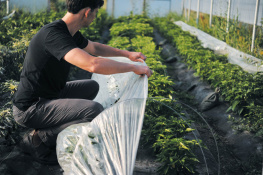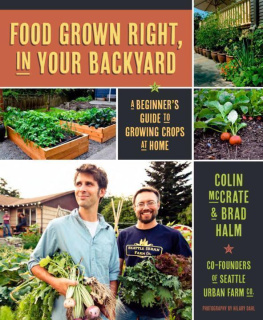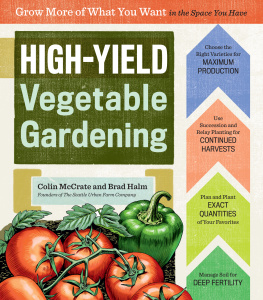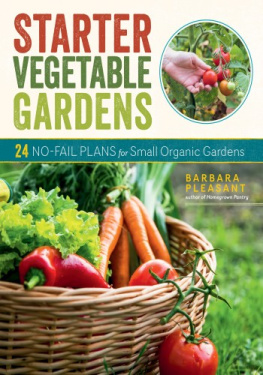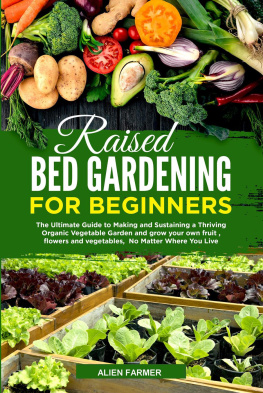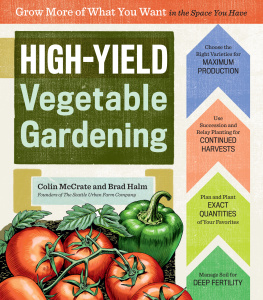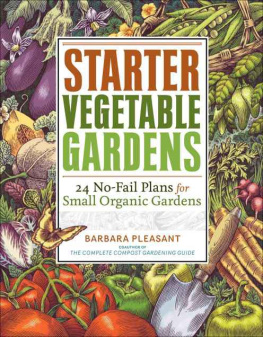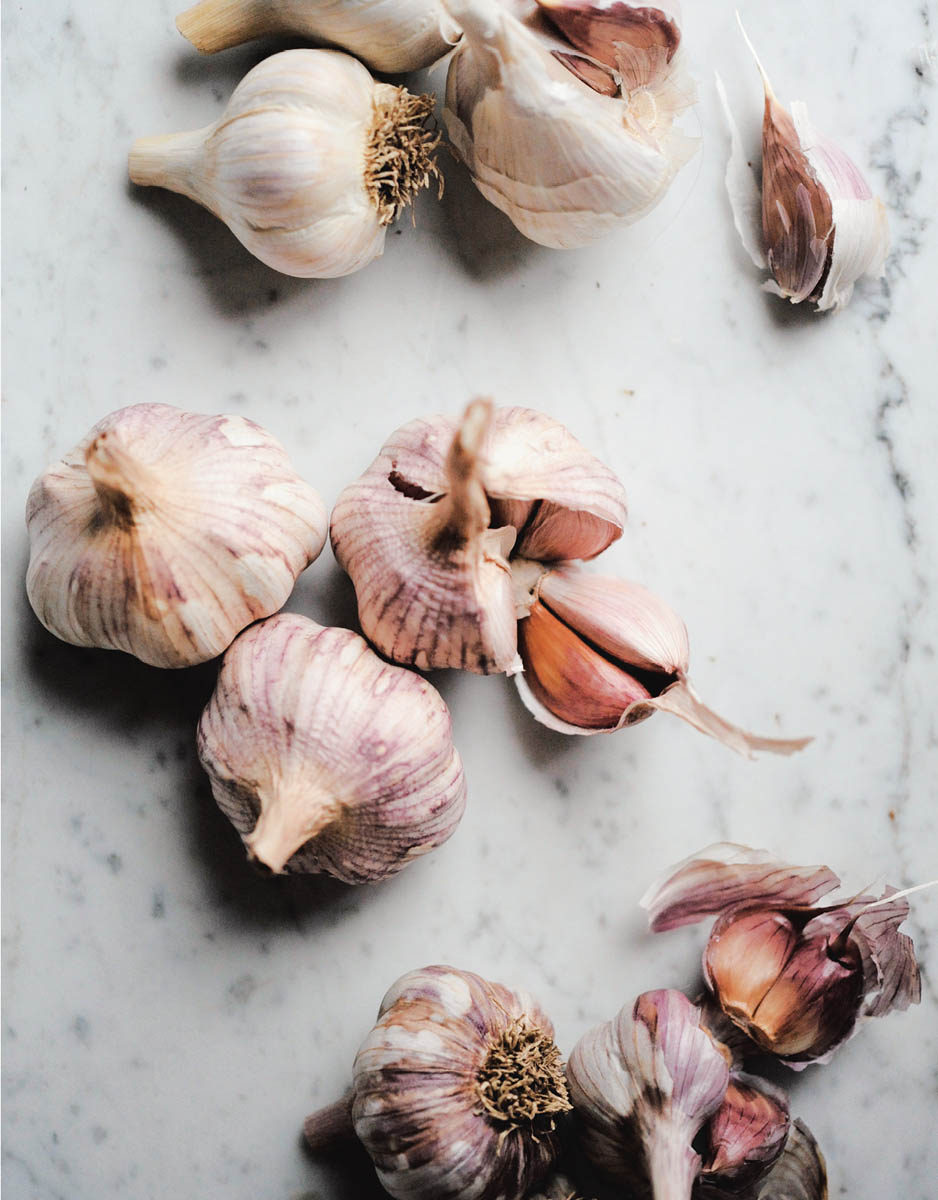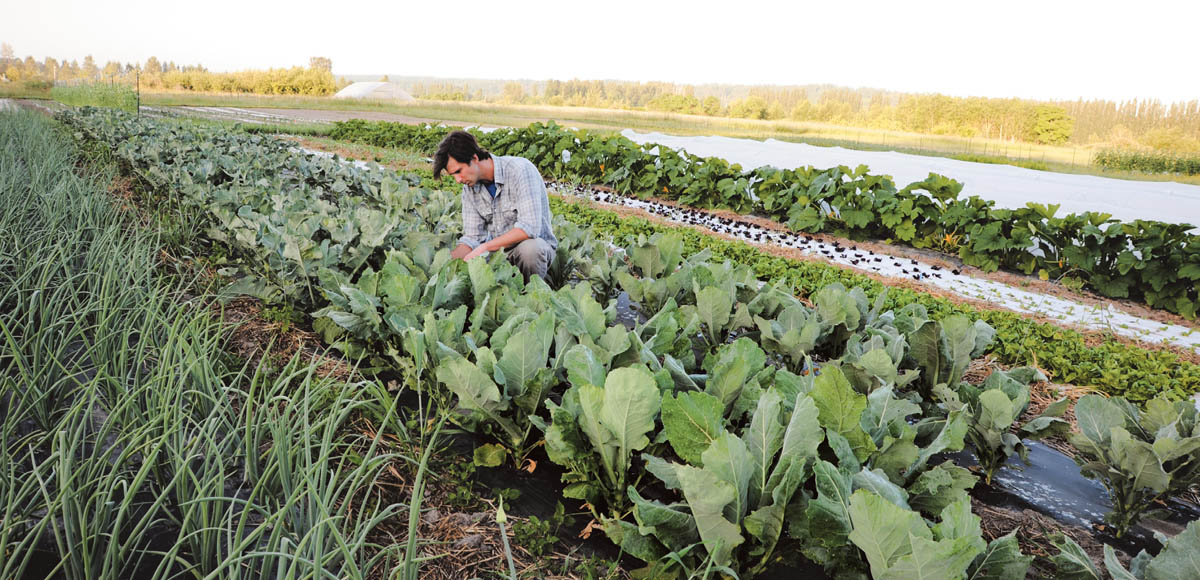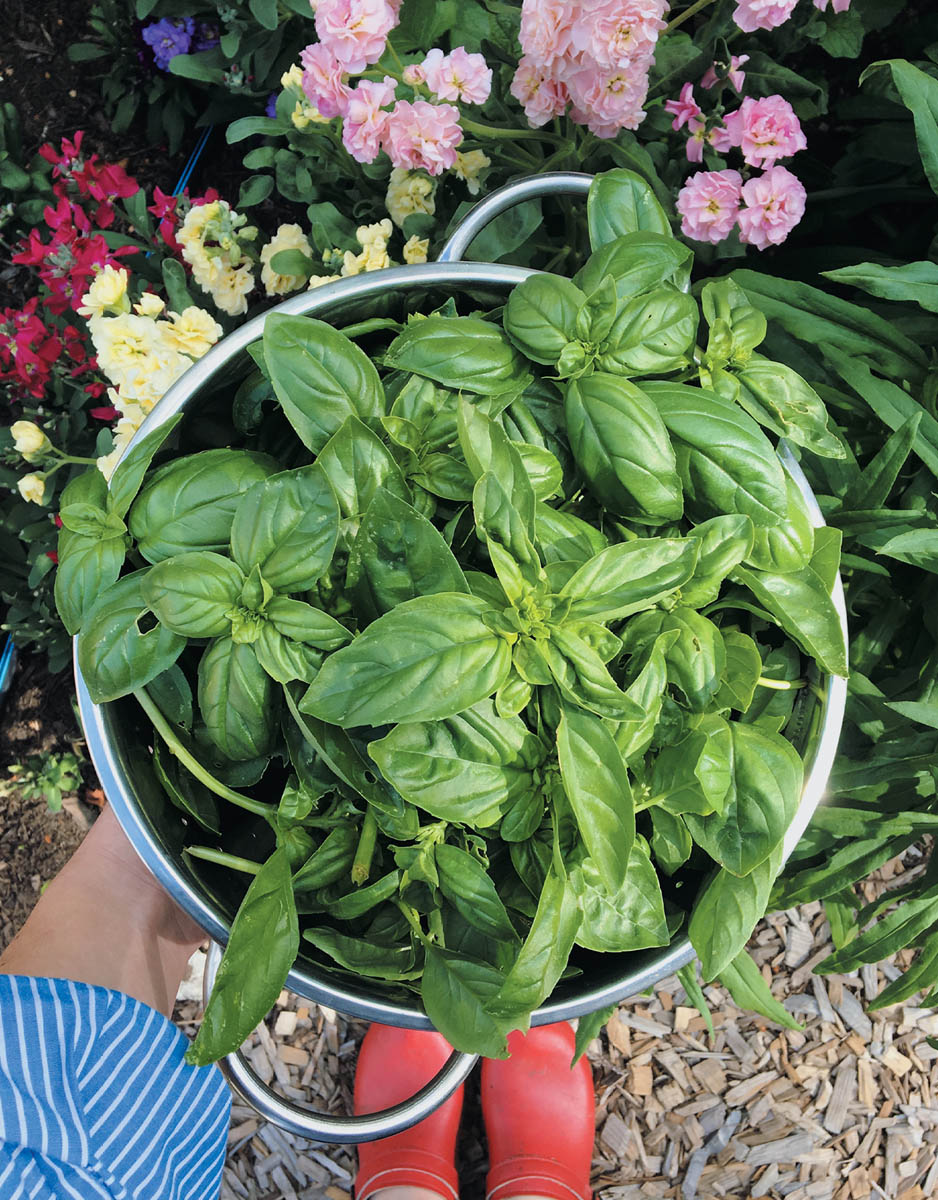The mission of Storey Publishing is to serve our customers by publishing practical information that encourages personal independence in harmony with the environment.
Edited by Carleen Madigan
Art direction by Ash Austin
Book design by Stacy Wakefield Forte
Text production by Jennifer Jepson Smith
Indexed by Claire Splan
Cover and interior photography by Hilary Dahl
Additional photography by Andrei310/iStock.com,
Illustrations by Steve Sanford, except by Ilona Sherratt Storey Publishing, LLC
Text 2022 by Colin McCrate and Brad Halm
A previous version of this book was published under the title High-Yield Vegetable Gardening (Storey Publishing, 2015).
Ebook production by Slavica A. Walzl
Ebook version 1.0
February 1, 2022
All rights reserved. No part of this book may be reproduced without written permission from the publisher, except by a reviewer who may quote brief passages or reproduce illustrations in a review with appropriate credits; nor may any part of this book be reproduced, stored in a retrieval system, or transmitted in any form or by any meanselectronic, mechanical, photocopying, recording, or otherwithout written permission from the publisher.
The information in this book is true and complete to the best of our knowledge. All recommendations are made without guarantee on the part of the authors or Storey Publishing. The authors and publisher disclaim any liability in connection with the use of this information.
Storey books are available at special discounts when purchased in bulk for premiums and sales promotions as well as for fund-raising or educational use. Special editions or book excerpts can also be created to specification. For details, please call 800-827-8673, or send an email to .
Storey Publishing
210 MASS MoCA Way
North Adams, MA 01247
storey.com
Library of Congress Cataloging-in-Publication Data on file
This book is dedicated to Roy Brubaker, who has inspired many people to grow good food for the world.
Contents
Introduction Become a More Productive Vegetable Gardener
This book is for people who are intent on getting as much food as possible from their gardens, whatever the size of their plot. Our knowledge is drawn from a background in small- and large-acreage farming, as well as in backyard gardening. After years working on a variety of diversified vegetable farms, we launched a home gardening business. Since 2007, weve been running this business, called Seattle Urban Farm Company, which helps homeowners, restaurants, and communities grow their own food. Weve taken the systems and practices used by professional growers and adapted them for use at the scale of a home garden.
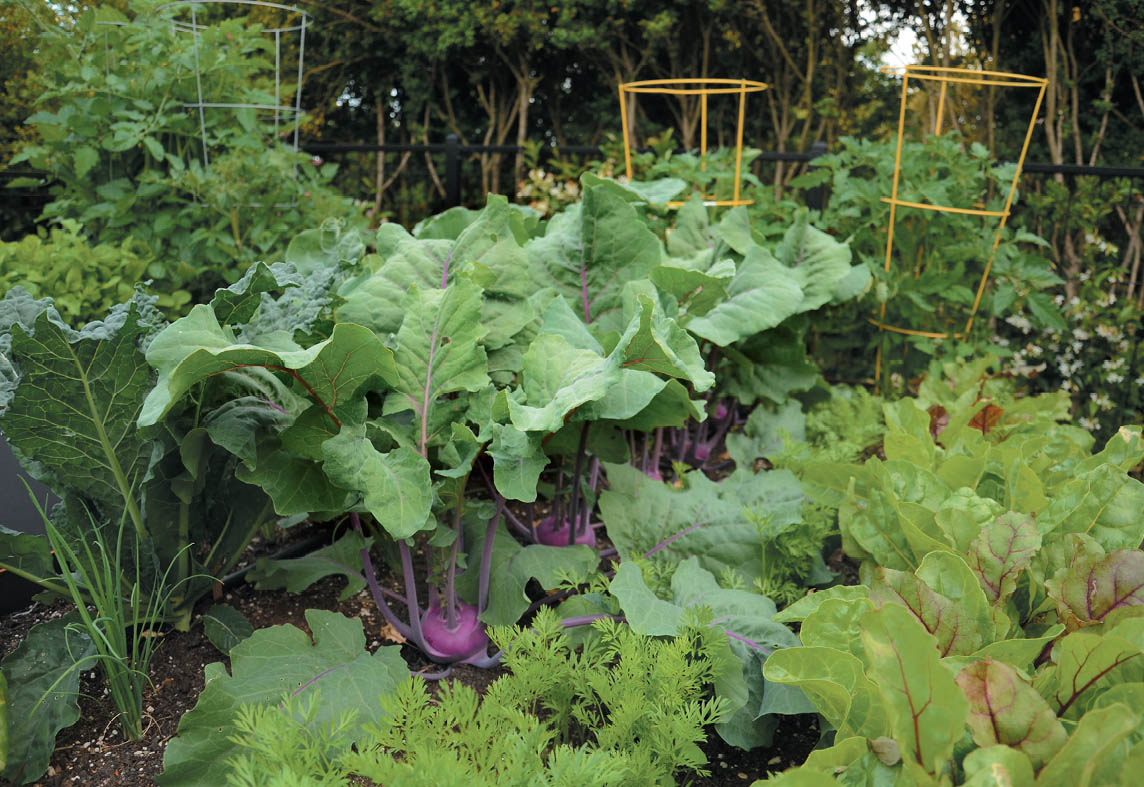
A well-organized garden will have room for dozens of different crops in a small amount of space.
There are many reasons why a home gardener might want to implement the strategies described in this book. It may be that you simply want to be more efficient with your time and resources. Or feed your household from the garden year-round. Perhaps youd like to set up a miniature farm stand by the mailbox for supplemental income, sell a few vegetables at your local farmers market, coordinate a community garden, or prepare for the zombie apocalypse.
No matter what your goals are, the strategies and techniques described in this book will help you approach your garden like a small-scale farm, dramatically increasing its productivity. Focusing on production means that your plot will need more careful planning, record keeping, and management than a typical backyard vegetable garden.
How to Grow More Food in the Space You Have
The first step toward a highly productive garden is simply understanding what makes a garden successful. To get the most out of your garden, its important to:
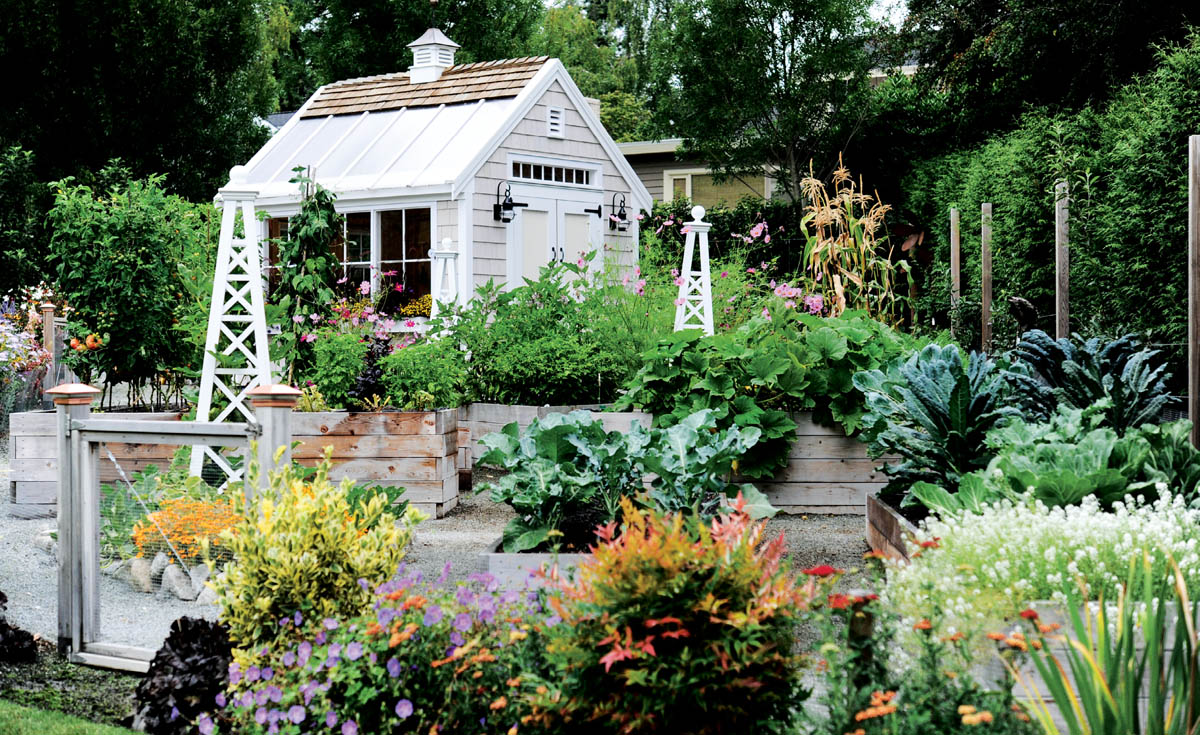
A vegetable garden can be both beautiful and productive.
Grow for a purpose. Take the time to consider the goals of your project. Grow for the tastes you prefer and yields you can use. Make sure to have a use in mind for each crop before it goes in the ground.
Select the best site and use it efficiently. Think ahead and place annual and perennial crops in appropriate locations. For most crops and climates, more sun is better. Lay out your garden to maximize productive space and find creative solutions for spaces outside of the main vegetable garden. Keeping a productive garden space requires using nongarden spaces in support roles.
Plan well and keep good records. Spend time before each season to make a thorough plan of the garden. Update the plan throughout the season as you make necessary changes. Maintain an accurate record of garden tasks and what happens in the garden, and use this information to inform future plans.
Maintain fertile soil. Successful growers say, Care for the soil, not the crops. Ongoing and meticulous care of the soil is essential. Soil amendment should happen several times every year.
Know your plants. To get the most out of your crops, you must develop an understanding of the physiology, genetics, and cultural requirements of the plants. The more you know about your crops, the easier it is to increase their yields.
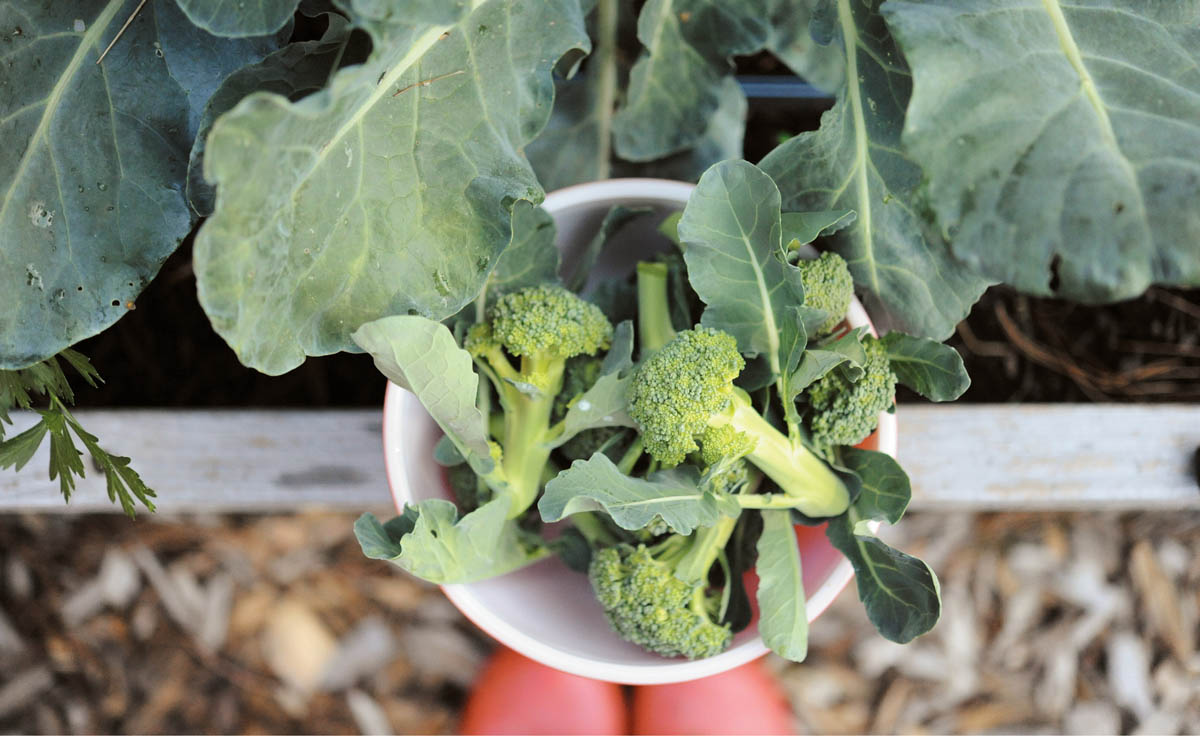
Extend your broccoli harvest by picking side shoots as well as the main crown.
Select the best crops. Choose crops and specific cultivars that will perform well in your climate. Youll want to select varieties that are vigorous, produce well, and that you like to eat.
Deal with pests, diseases, and weeds immediately. Closely and frequently monitoring the garden for problems allows you to deal with them before they get out of hand.
Observe and respond. You are the best ongoing source of information about your garden. Keeping track of which varieties perform best and what pests show up and when will enable you to customize your project to your specific conditions.
Maximize your time and energy. Develop systems and use tools that maximize efficiency by saving time and energy. Time is nearly always the most limited resource of a production gardener, so make the most of it.

